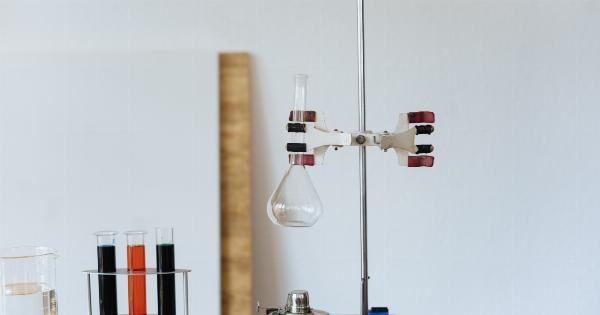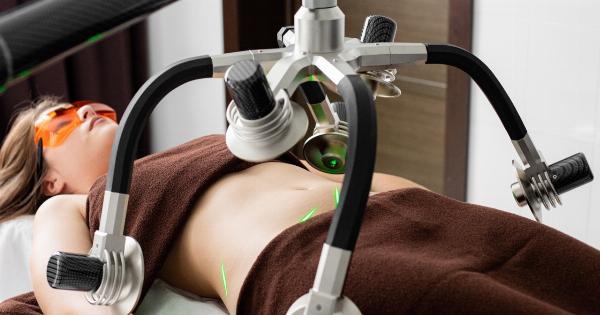Kidney stones are a common and painful medical condition that affects millions of people worldwide. These small, hard deposits form in the kidneys when certain substances in urine become highly concentrated.
The excruciating pain caused by passing a kidney stone often leads individuals to seek immediate relief and effective treatment options.
Understanding Kidney Stones
Kidney stones typically develop when urine contains more crystal-forming substances, such as calcium, oxalate, and uric acid, than the fluid can dilute.
While small kidney stones may pass unnoticed through urine, larger stones can cause severe pain and require medical intervention.
Common symptoms of kidney stones include intense back or abdominal pain, pain during urination, blood in the urine, frequent urination, and cloudy or foul-smelling urine.
If you suspect you have kidney stones, it is essential to consult a healthcare professional who can diagnose the condition accurately.
Traditional Treatment Methods
For many years, traditional treatment methods for kidney stones involved medications, pain management, and conservative measures to promote natural passage of the stone.
In some cases, surgical procedures like extracorporeal shock wave lithotripsy (ESWL), ureteroscopy, and percutaneous nephrolithotomy (PCNL) were required to remove or break up the stones.
While these treatment methods have been effective to some extent, they often come with certain disadvantages.
Medications may have side effects, pain management may not provide instant relief, and invasive procedures can be expensive, time-consuming, and associated with various risks.
A Revolutionary Approach: Extracorporeal Magnetic Innervation (ExMI)
In recent years, a groundbreaking kidney stone treatment method known as Extracorporeal Magnetic Innervation (ExMI) has gained attention in the medical community.
This non-invasive procedure utilizes the power of pulsed magnetic fields to treat kidney stones effectively.
ExMI works by utilizing a device that generates targeted magnetic pulses applied externally to the patient’s body, specifically targeting the area of the kidneys.
These magnetic pulses create mild vibrations within the affected tissues, promoting stone fragmentation and enhancing the natural passing process.
The Advantages of ExMI
ExMI offers several advantages over traditional treatment methods:.
1. Non-invasiveness
Unlike surgical procedures, ExMI is a non-invasive treatment method. It does not require any incisions or invasive instruments, minimizing the risk of complications and reducing recovery time.
2. Pain-Free
ExMI is a painless procedure as it involves external application of magnetic pulses. Patients do not experience the discomfort associated with passing larger kidney stones.
3. Cost-Effective
Compared to surgical interventions, ExMI is a more cost-effective option. It requires fewer medical resources and does not involve hospital stays, making it an affordable treatment option.
4. Minimal Side Effects
ExMI has minimal side effects. The targeted magnetic pulses do not harm healthy tissues, eliminating the risk of tissue damage or adverse reactions to medications.
Current Research and Success
Clinical studies evaluating the efficacy of ExMI for kidney stone treatment have shown promising results.
Researchers have found that ExMI can effectively fragment and assist in the natural passage of kidney stones in a significant percentage of patients.
A study published in the Journal of Urology reported a success rate of over 80% in achieving complete stone clearance using ExMI. Additionally, patients noted almost no pain during or after the procedure.
These results suggest that ExMI may rapidly become the go-to treatment for kidney stones.
Who Can Benefit from ExMI?
ExMI can benefit individuals with kidney stones of various sizes and compositions. However, it is essential to consult a healthcare professional to determine the most suitable treatment option based on the specific characteristics of the stones.
Notably, ExMI is contraindicated for individuals with certain medical conditions or those with implanted electronic devices, such as pacemakers. A thorough evaluation is crucial to ensure each patient’s safety and optimal treatment outcomes.
Conclusion
Kidney stones can cause severe pain and discomfort, requiring effective treatment methods.
While traditional approaches have been the norm for many years, the emergence of ExMI as a non-invasive, pain-free, and cost-effective treatment option has revolutionized kidney stone management.
With the increasing success rate of ExMI and its potential to minimize patient discomfort and the need for invasive procedures, it is undoubtedly a breakthrough in the field of kidney stone treatment.
However, further research and advancements are necessary to fully establish its role and refine the technique.






























